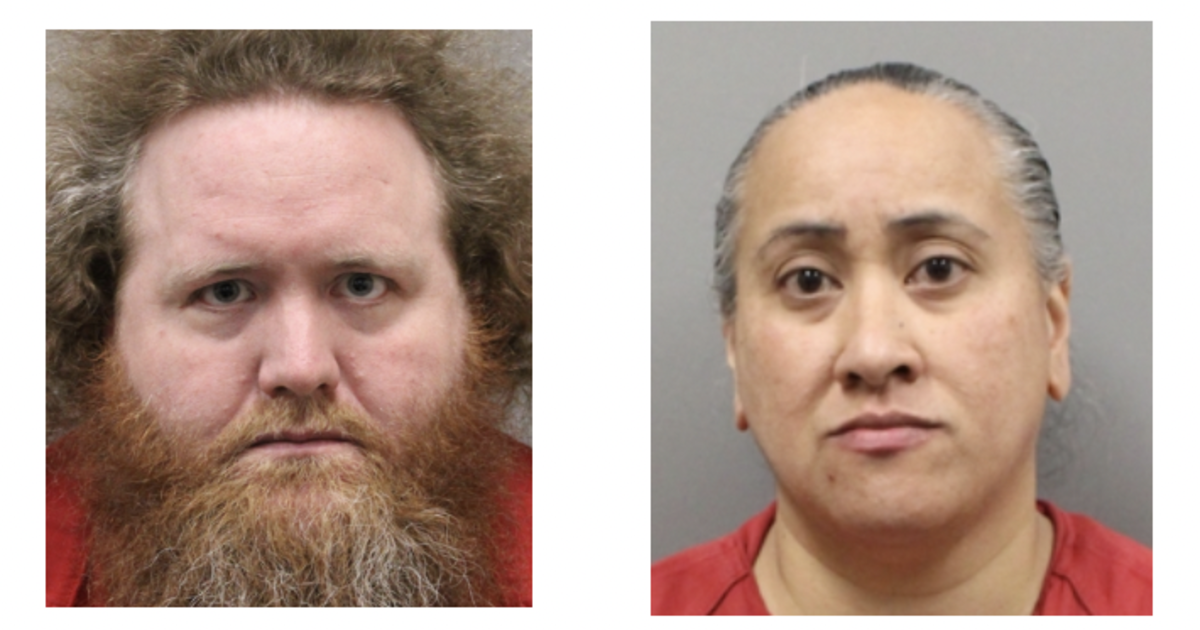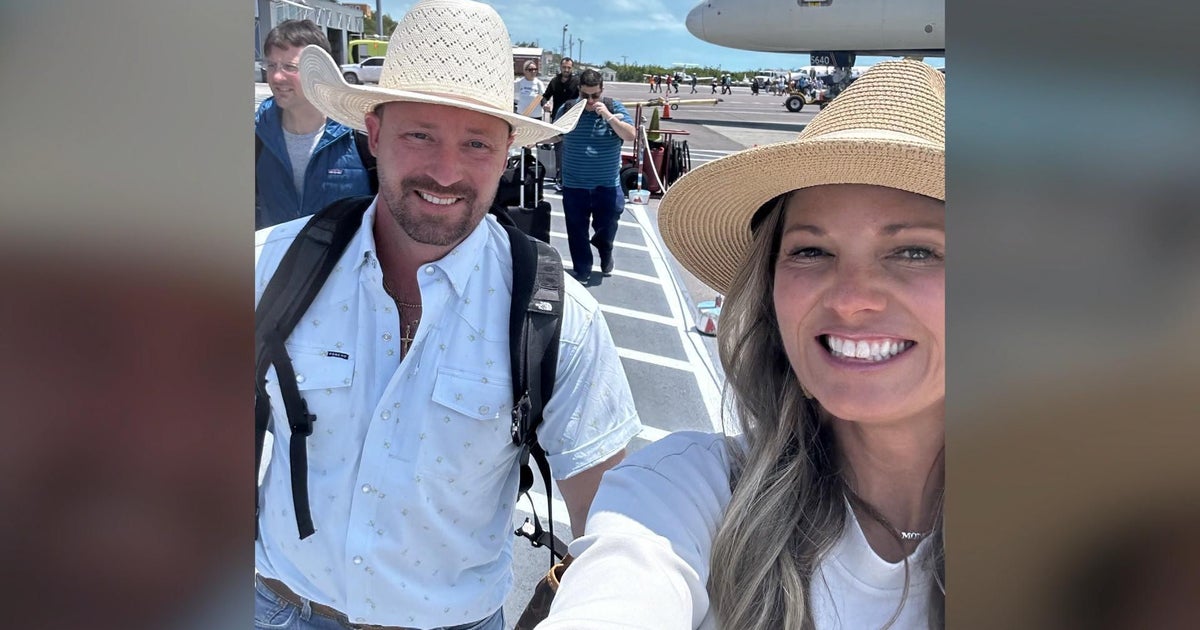California taxpayers could have to take on cost of removing lead paint
When Brandy and Joseph Glazier purchased their Fairfield, California, home four years ago it seemed like the perfect place to raise their three children. A year after moving in, their youngest son, Andrew, went to the doctor for a routine checkup.
"They called me and said he had elevated lead levels we were like 'What do you mean?' Like how is that possible?" Brandy Glazier told CBS News' John Blackstone. "The window sill tested positive for lead paint….and he's just sitting there watching for daddy and got sick."
The Glaziers found out that old lead-based paint in the home, built in 1927, was contaminating much of the house. They said Andrew's lead levels were more than four times what's considered elevated. Lead poisoning can cause lifelong behavior and learning problems, lower IQ, and slowed growth -- it's a problem in older homes at the heart of a lawsuit against some of the companies that made and sold lead paint.
Two paint manufacturers that want to wipe out potentially hundreds of millions of dollars in legal obligations could send the issue to voters. Sherwin-Williams and Conagra could have enough signatures by Tuesday to put their initiative on California's November ballot. The manufacturers want to dedicate taxpayer money to remove lead paint from homes and schools. The measure would undo a pricey court ruling that holds them accountable for selling toxic paint.
Mary Alexander is one of the attorneys in a lawsuit filed by 10 California municipalities back in 2000.
"Every 5-year-old knows that if you make a mess you should clean it up. They need to clean up their mess," Alexander said. "The lead paint companies knew that lead that they put in their paint was dangerous, toxic to children."
Sherwin-Williams and Conagra deny Alexander's claim. In a statement, a spokesperson on behalf of the companies told CBS News, "That's false and the trial court acknowledged that point," citing a 2014 trial court ruling that said, "the state of knowledge about lead paint's health hazards was admittedly in its nascent or beginning stage." But in its summary decision the same court said, "Defendants, to varying degrees, sold lead paint with actual and constructive knowledge that it was harmful."
Last year, an appeals court ordered Sherwin-Williams and Conagra to pay the cost of fixing homes with lead paint hazards built before 1951.
"So to get out of this responsibility, they have filed an initiative and they collected signatures for November," Alexander said.
Sherwin-Williams and Conagra are now backing Healthy Homes and School Bond Act. The initiative would order the rehabilitation of homes and schools with potential health risks, including lead paint. It would cost taxpayers an estimated $4 billion and excuse the paint companies from liability imposed in the suit.
Jones Day partner Tony Dias represents Sherwin-Williams.
"This is not an avoidance of liability under the case," Dias said. "The ballot initiative will be voted on by people… individuals, homeowners and residents of low-income housing are concerned about what the impact will be of this case."
In the same statement, the spokesperson representing Sherwin-Williams and Conagra said: "Yes, the ballot measure impacts the companies, but also protects millions of homeowners who could now be faced with a public nuisance label on their home." But not all agree.
"The paint companies are fear-mongering and trying to scare homeowners… the court decision specifically says that that's not true," Alexander said.
Brandy and Joseph Glazier said they've repainted their home and Andrew, now four, has shown no symptoms of lead poisoning so far.
"They said that they don't know what the lead can actually do to him or if he's going to have effects. They have no idea," Joseph Glazier said.
Sherwin-Williams and Conagra said they're working with lawmakers and local jurisdictions on a possible statewide legislative solution in place of the ballot initiative. The proposal would undo the lawsuit and require all companies that manufactured lead paint in California to contribute a total of $500 million into a 10-year lead paint abatement fund for homeowners statewide. Sherwin-Williams and Conagra would be responsible for nearly $170 million of that.
In a statement to CBS News, James Williams, county counsel for Santa Clara County, said on behalf of the 10 jurisdictions "…it is not the job of the state legislature to overrule court judgments."





